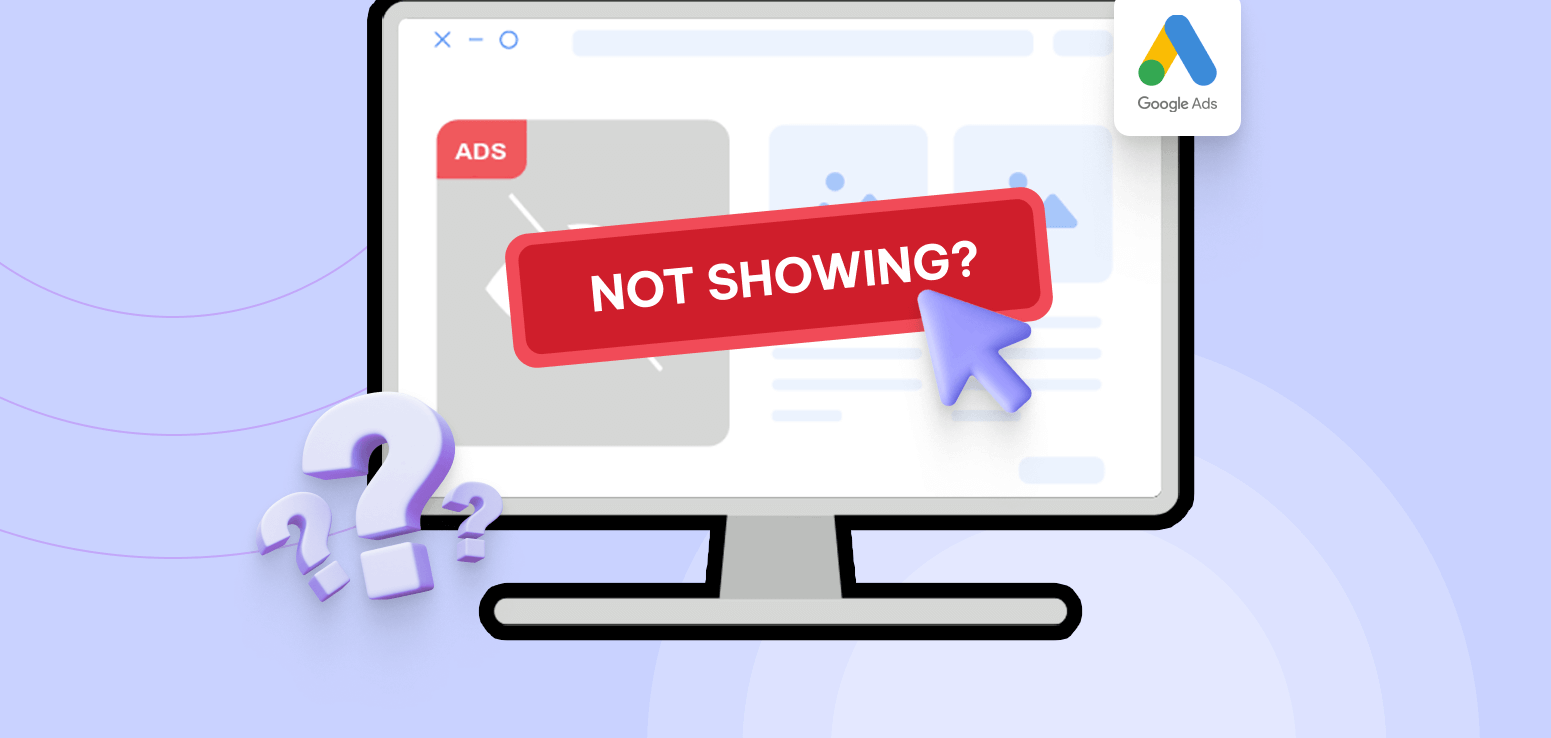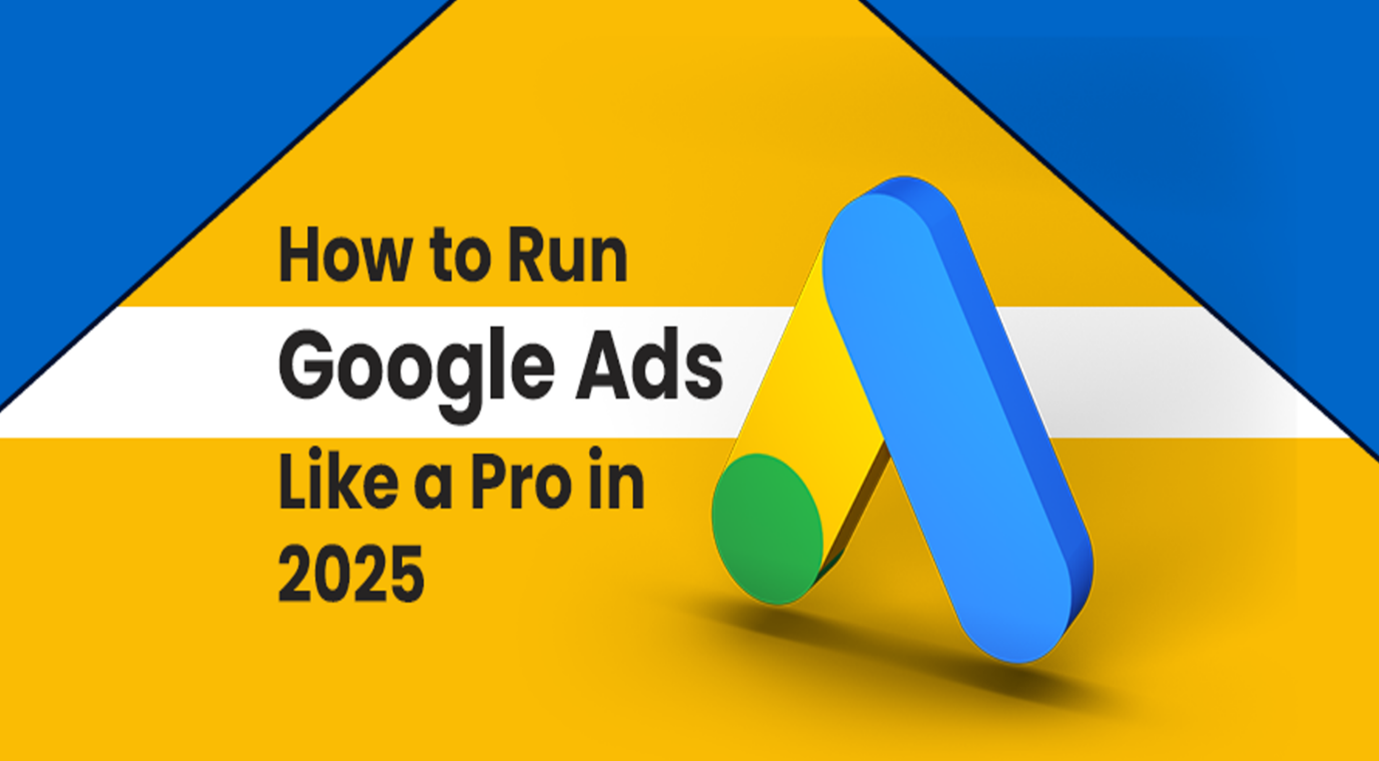Running a Google Ads campaign can be a great way to grow your business. However, campaigns sometimes don't perform well. This can be frustrating. The good news is, you can fix it.
1. Check Your Campaign Goals
First, ask yourself what you want from your ads. Do you want to increase sales, generate more leads, or boost brand awareness?
Your goals must match your ads. If your goal is sales but you're only getting clicks, your campaign needs to change. Clear goals help you measure success and decide what to fix.
2. Review Your Target Audience
Sometimes your ads show up to the wrong people. This wastes money.
Check if you are targeting:
- The right locations
- The right age group and gender
- The right devices (like phones or computers)
Ensure your audience aligns with your ideal customers. Narrow targeting often works better than comprehensive targeting.
3. Improve Your Ad Copy
Your ads need to speak clearly to people.
Make sure your ads:
- Have simple headlines
- Tell people what to do next (like "Buy Now" or "Get a Quote")
- Show benefits that matter to your audience
- Use language that feels natural and human
Compelling ad copy grabs attention and encourages people to click.
4. Look at Your Landing Pages
Your ad is only part of the story. After people click, the landing page must keep their interest.
Check if your landing page:
- Loads quickly
- Works well on phones and tablets
- Matches the message in your ad
- Makes it easy for visitors to take action (like filling a form)
If your landing page is confusing or slow, many visitors will leave.
5. Check Your Bidding Strategy
Are you paying too much for clicks?
Try these:
- Use manual bidding if automatic bidding isn't working
- Set limits on your bids so you don't overspend
- Test different bidding types like "Maximise Conversions" or "Target ROAS"
A good bidding strategy helps you get more value for your budget.
6. Use the Right Keywords
Keywords connect your ads with people's searches.
Make sure to:
- Choose keywords that your customers use
- Add negative keywords to avoid irrelevant clicks
- Focus on long-tail keywords that are specific and less competitive
Good keywords increase your ad's chance of showing to interested people.
7. Test Your Ads Regularly (A/B Testing)
Try testing different versions of your ads to determine which one works best.
Test:
- Headlines
- Descriptions
- Calls-to-action
- Ad formats
Make one change at a time to know what improves your results.
8. Manage Your Budget Wisely
Don't waste money on ads that don't work.
Check which ads and keywords perform best. Move your budget to these high performers. Always keep some money for testing new ideas.
9. Combine with SEO Services
Paid ads provide quick results, but SEO yields long-term benefits.
SEO and PPC together:
- Share data about keywords
- Help your brand appear more often online
- Build trust with your audience
Working on both improves your overall brand positioning.
10. Get Help from Experts
If you find managing your ads challenging, consider hiring a professional to help.
Experts in PPC services and SEM services can:
- Monitor your campaigns closely
- Adjust bids and targeting for better results
- Align your ads with your business goals
- Save you time and money
If your Google Ads campaign is not performing, don't lose hope. Follow these steps:
- Define clear goals
- Target the right audience
- Write good ad copy
- Improve your landing pages
- Use smart bidding and keywords
- Test regularly
- Manage your budget carefully
- Combine PPC with SEO
- Seek expert help if needed
Remember, success in performance marketing takes patience and effort. Keep learning and improving. Soon, your campaign will deliver the results you want.



